Making Plans with Your IRA by Martha Irvin, CPA | Controller
July 18th, 2022 Blog
Did you know that once you reach the age of 72 (70 ½ if you reach 70 ½ before January 1, 2020) you are required to take distributions from your IRA and/or employer-sponsor retirement plans (401k, 403b and 457b plans)? Did you also know that if you inherited an IRA from someone other than a deceased spouse, you are required to withdraw all the funds over no more than 10 years? Even your ROTH 401k has RMDs. These are called Required Minimum Distributions (RMD). (Only ROTH IRAs are exempt from RMD rules while the owner is alive.)
Did you also know that you can make charitable contributions of these required distributions and avoid the tax due on those withdrawals? These are called Qualified Charitable Distributions (QCD).
Generally, when taking required minimum distribution from any of these accounts, you will recognize taxable income on the total withdrawal and then bring home the net amount after the taxes are withheld at the time of the withdrawal. From that net amount you can make charitable contributions that are deductible as an itemized deduction, reducing your taxable income (sometimes after limitation calculations).
IRS code allows you to treat a charitable donation paid directly from your investment company to a qualified 501(c)(3) organization as fulfilling your required minimum distribution for that year. The limit on QCDs is $100,000 per year.
Let’s say that you have an RMD of $100,000 this year, and you would like to make a large charitable contribution with these funds. You could withdraw $100,000 from your IRA, report a $100,000 withdraw as taxable income on your tax return for the year, and then pay the taxes owed on that $100,000. Let’s say, your marginal tax rate is 15%. You would then owe $15,000 on tax on your RMD. You are left with $85,000 to make a charitable contribution.
Using a QCD, you can donate the full $100,000 to the charity and have $0 taxable income to claim on your tax return for that year. So, the charity receives more of the money you wanted to donate, and the government receives less.
This is especially beneficial if you typically take the standard deduction instead of itemizing your deductions, because the $100,000 donation reduces your taxable income “above-the-line” rather than be deducted from taxable income “below-the-line”. “Above-the-line” deductions are typically more valuable than “below-the-line” adjustments. “The line” here refers to the line on the tax return showing your Adjusted Gross Income (AGI). Many itemized deductions and tax credits are affected by your AGI; lower AGIs allowing for smaller or no limitation on deductions and credits.
Consult your tax advisor to see if/how using a QCD could benefit you.
Martha Irvin, CPA | Controller

